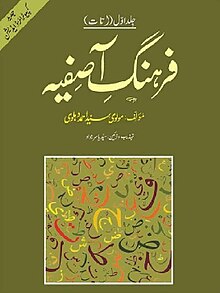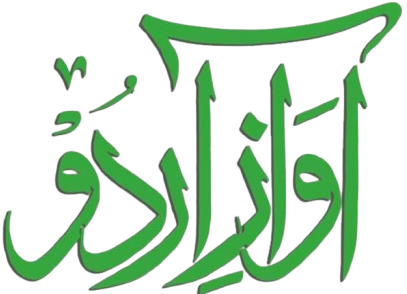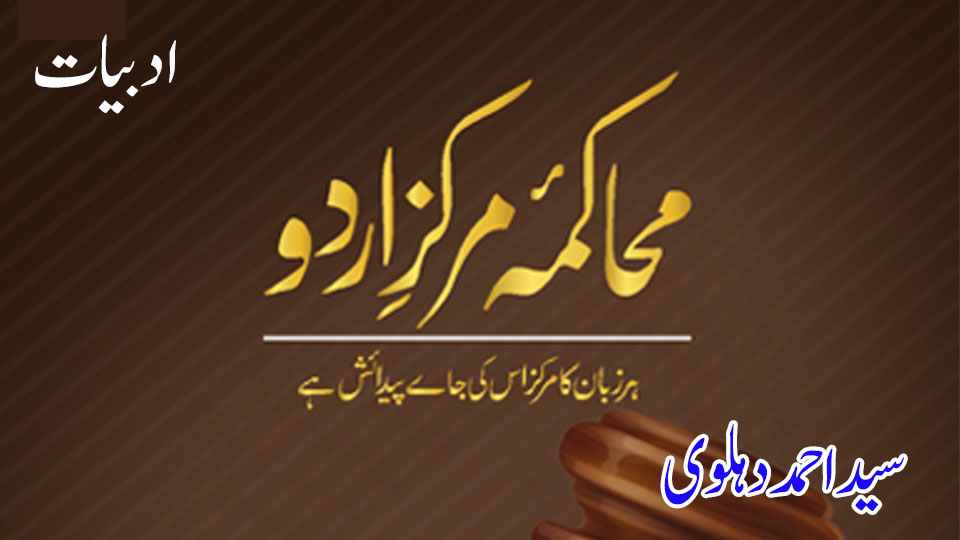Introduction
The Historical Significance of Farhang-e-Asifiya: This is holds a significant place as one of the first, most authentic, and comprehensive dictionaries of the Urdu language. Authored by the renowned Muslim scholar and linguist, Syed Ahmad Dehlvi, this monumental work sheds light on the linguistic and cultural history of Urdu. The dictionary is not just a repository of words; it is a gateway to understanding the essence of Urdu, its origins, and its evolution.
Farhang-e-Asifiya: A Testament to Urdu’s Roots
Farhang-e-Asifiya emphasizes that Delhi is the birthplace and cultural hub of the Urdu language. Dehlvi’s assertion is rooted in a deep historical and linguistic analysis, which he elaborates on in his essay, “Muhakama Markaz-e-Urdu”. Through this essay, he provides compelling evidence to support his claim, further solidifying the connection between Urdu and Delhi.
Dehlavi’s arguments highlight that the foundations of Urdu were laid by iconic figures like Hazrat Amir Khusro, who was deeply associated with Delhi. Following Khusro, the Mughal Emperor Shah Jahan played a pivotal role in promoting Urdu during his reign, primarily centred in Delhi. This vibrant city served as a melting pot of cultures, attracting scholars and poets from all over the subcontinent.
The Literary Excellence of Farhang-e-Asifiya
The language of Farhang-e-Asifiya is undoubtedly challenging, yet its eloquent style captivates readers. Dehlvi’s narrative skill makes this work a timeless treasure. His analysis delves into the purity of the Delhi dialect, showcasing how it remains unparalleled in its authenticity compared to other regions.

The dictionary also explores the linguistic nuances of Delhi’s unique Urdu idioms, particularly those used by women. Dehlvi’s discussion on this topic can be found in works like Dilli Ki Begamati Zaban. Such studies underline the distinct flavor of Delhi’s Urdu, setting it apart from other dialects.
Delhi: The Cradle of Urdu Poetry and Prose
Delhi’s significance as a cultural epicenter is further highlighted by the fact that many great Urdu poets and writers either originated from or were deeply connected to this city. For instance, Mirza Ghalib, a towering figure in Urdu literature, spent several years in Lucknow but ultimately returned to Delhi. His association with the Mughal court under Bahadur Shah Zafar marked the pinnacle of his literary career.
Dehlvi’s narrative emphasizes that Delhi’s status as the imperial capital drew intellectuals and artists from far and wide. This confluence of talent enriched the Urdu language, making it a symbol of sophistication and cultural refinement.
The Role of Farhang-e-Asifiya in Preserving Urdu
Farhang-e-Asifiya goes beyond being a mere dictionary; it is a cultural document that preserves the linguistic and historical essence of Urdu. Dehlvi’s meticulous documentation ensures that readers and researchers can access the authentic pronunciation, meanings, and origins of Urdu words.
One of Dehlvi’s key arguments is that every language maintains an intrinsic connection with its birthplace. According to him, the correct pronunciation of words can only be learned by observing how native speakers articulate them. This principle, he argues, is essential for preserving the purity and originality of any language, including Urdu.
The Legacy of Farhang-e-Asifiya
The legacy of Farhang-e-Asifiya lies in its ability to connect modern readers with the linguistic heritage of Urdu. It stands as a testament to the richness and depth of the language, offering insights into its development over centuries.
Dehlavi’s work also serves as a reminder of the importance of cultural preservation. By emphasizing the linguistic and historical significance of Delhi as the center of Urdu, Farhang-e-Asifiya reinforces the need to protect and cherish this invaluable heritage.
Conclusion
Farhang-e-Asifiya remains a cornerstone of Urdu literature and linguistics. It not only documents the language but also celebrates its cultural and historical roots. Through his meticulous research and eloquent narrative, Syed Ahmad Dehlvi immortalized the essence of Urdu, ensuring that future generations can continue to appreciate its beauty and depth. This monumental work is not just a dictionary; it is a bridge connecting the past with the present, a beacon guiding the way for Urdu enthusiasts worldwide.
If you’re interested in reading this book, click the link below for a free download.
https://drive.google.com/file/d/1wHGtHDZPNTNLor3FcTnNknHV0nV8p_mK/view?usp=sharing
If you’d like to listen to this book in audio format, click the CONTACT button below to get in touch with the AwazeUrdu team to order the audiobook.
Contact us:Click the link below to watch the video on Facebook as well.
https://www.facebook.com/share/v/19J8t8boBz
Click the link below to watch the video on Febspot as well.
https://www.febspot.com/video/2559889
Click the link below to watch the video on Rumble as
well.https://rumble.com/v5v9hs5-which-is-the-birthplace-of-urdu.html
فرہنگِ آصفیہ کاشمار اردوکی اولین، مستند اور بڑی لغات میں کیاجاتاہے۔ اس مؤلف سعیداحمد دہلوی مشہور مسلمان عالم اورماہرِ لسانیات تھے۔ ان کادعویٰ ہے کہ اردوزبان کامرکز اوراس کی جائےپیدائش دہلی ہے۔ اس دعوے کے حق میں دلائل دینےکےلئے انہوں نے مقالہ “محاکمہ مرکزِاردو”تحریرکیا، جس کاکچھ اقتباس زُمرہءِادبیات کی اس ویڈیومیں پڑھاگیاہے۔ اس کتاب کی زبان مشکل،مگراندازِبیان دلکش ہے۔
ان کاکہناہے کہ بانیانِ اردومیں حضرت امیرخسروؒکانام سرِفہرست ہے، جودہلی سےتعلق رکھتے تھے۔ ان کےبعد مغل بادشاہ شاہجہاں نے اسے ترقی دینےکی بھرپور کوششیں کیں۔ وہ بھی دہلی میں قیام پذیرتھے۔ اس کے علاوہ جس طرح کی منفرد اورخالص لہجے کی اردودہلی میں بولی جاتی ہے، دوسری جگہوں پر بہت کم سننےکوملتی ہے۔ اردوکےبڑے ادیبوں اورشاعروں کاتعلق کسی نہ کسی طور دہلی سے رہا، کیوں کہ یہ شہر پایہءِتخت تھا۔ دربارِشاہی میں ان علماء وفُضلاء کی قدر کی جاتی تھی، سو وہ اطراف وکناف سے اس طرف کھنچے چلےآتے تھے۔
اس کی بڑی مثال میں نے”بچوں کےمرزاغالب” نامی ویڈیو میں بیان کی کہ مرزا کئی برس لکھنؤ میں گزار کردوبارہ دہلی چلےآئے اورپھر حضرت بہادرشاہ ظفر کے یہاں تاریخ نویسی کے لئے متعین ہوئے۔ دہلی کے نسوانی اردومحاورے بھی اپنی الگ شان رکھتے ہیں، جن کے بارے میں کتاب”دلّی کی بیگماتی زبان”سے پڑھاگیا مضمون”منگنی کی رسم” ایک گزشتہ ویڈیو میں پیش کیاگیا۔ مصنف کا کہناہے کہ ہرزبان اپنی جائےپیدائش سے اُنسیت رکھتی ہے۔ کسی زبان کےالفاظ کی صحیح ادائیگی کاپیمانہ یہ ہے کہ اس کی جائے پیدائش پر رہنے والے اسے کس طرح بولتے ہیں، انہیں سناجائے اوراپنےتلفظ کامعیار مانا جائے، تب ہی زبان اپنی اصلیت پرقائم رِہ سکتی ہے۔

